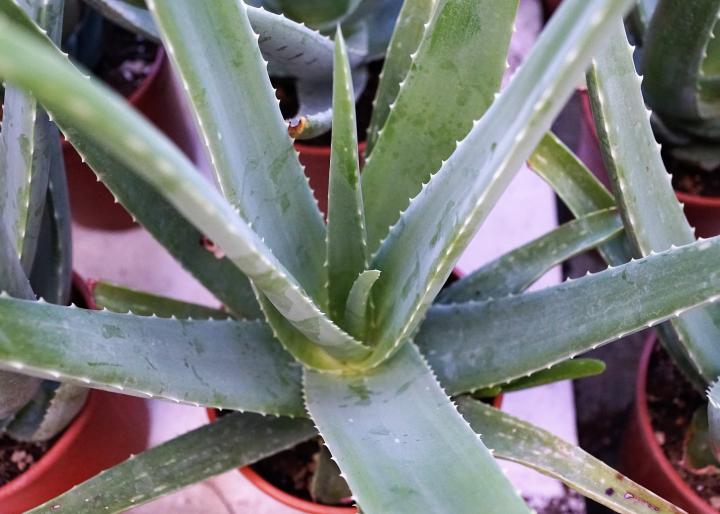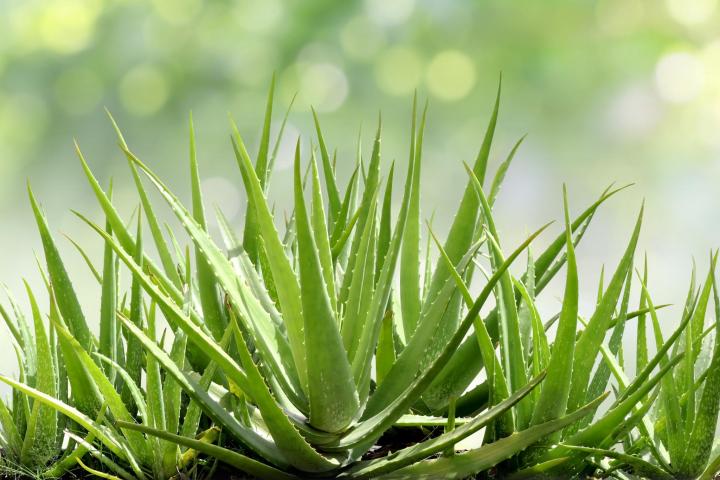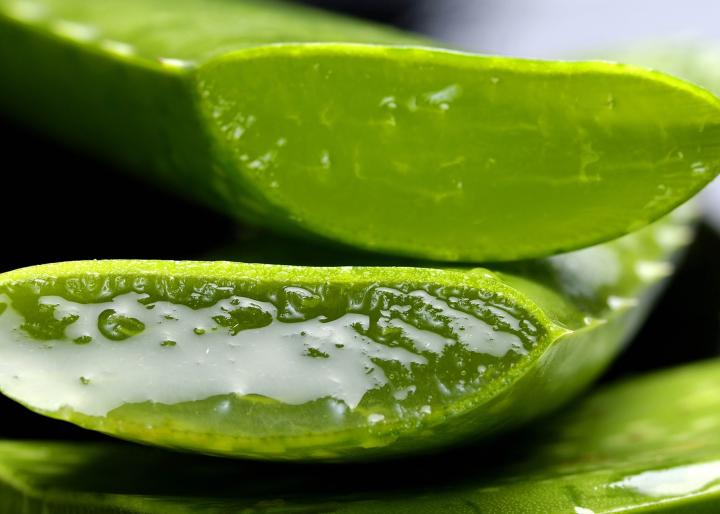
Growing Aloe Vera Plants: Watering, Lighting, Repotting, Use, and More!
The Almanac Garden Planner - Use It Free for 7 Days!
Plan your 2025 garden with our award-winning Garden Planner.
Types
Especially attractive Aloe include:
- Tiger or Partridge-Breasted Aloe (Aloe variegata) – A compact aloe characterized by short, smooth leaves with uneven white stripes.
- Lace Aloe (A. aristata) – A small plant with white-spotted, finely sawtoothed leaves.
- Blue Aloe (A. glauca) – A larger aloe species with silver-blue leaves.
ADVERTISEMENT
I received a wonderful Aloe plant for my birthday and in 6 months it has shot up expentionally. I like the size and have gotten some stylish sticks to hold up the straining stem of the pigmy plant. It is approximately 12 inches tall, while some smaller ones are peeking through the soil at about 1&1/2 inches. Should I replant it to a larger pot soon or let it grow some more?
I recently repotted my aloe plant it did not have any roots. It currently looks beautiful other than a few leaves that are yellow/orange ish. Is it getting to much direct sunlight?
Are some types of aloe vera edible?
Hi, John. There are edible types of aloe vera but caution is advised. Side effects can be severe if too much is consumed. To explore the plant’s health benefits, you may want to try aloe vera juice, sold at many health food stores.
I love being a member.
I was given an older healthy large aloe plant. My question is, the previous owner has an older large jade plant growing with it, is the aloe still safe for medicinal purposes?
Hi Donna,
As far as we can tell, the presence of a jade plant with your aloe plant should not affect your ability to use it for medicinal purposes.
My aloe plant bottom leaves wilt. What is the problem ? Please help !
There are two common causes for leaf wilt in an aloe plant: too much water or too little sun. I’d suggest starting by extending your time between waterings, to let the soil dry out more completely in between. The most common watering interval is once every two-three weeks. You might try stretching to once every three-four weeks. If that doesn’t seem to be helping, I’d try moving the plant into an area where it gets incrementally more sun. Somewhere in the equation of those two variables you will likely find your plant’s happy place. Good luck!
My aloe leaves are things an curling. It stays indoors, in front of a window in an apt. I used to grow aloe in my home and they were beautiful. What's wrong?














